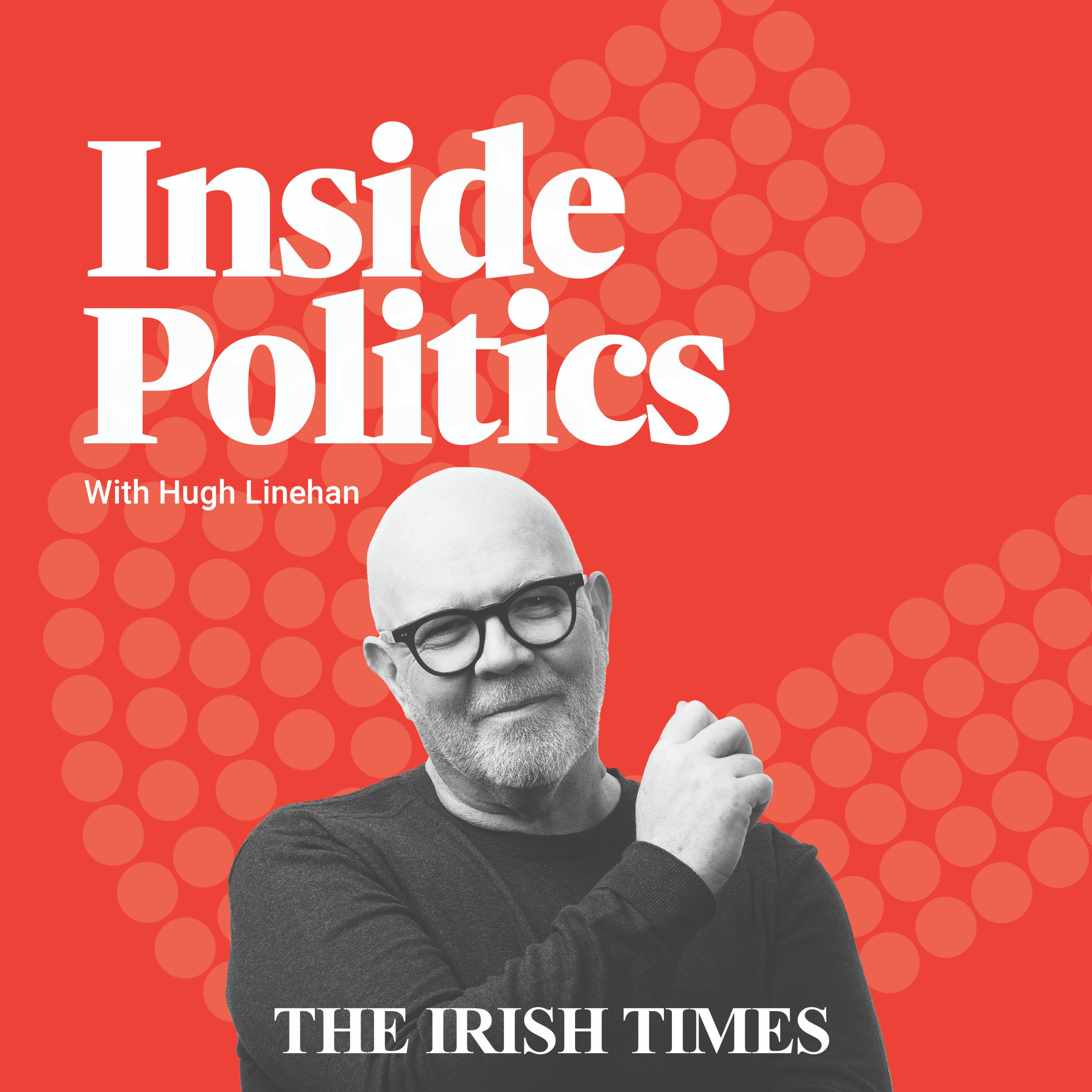Polling stations open at 7am on Friday after a general election campaign that seemed to meander through a blizzard of lavish spending promises before jolting into life in its final week as concerns arose about the likely policies of the incoming Trump administration.
Voting across the 43 constituencies will continue until 10pm on Friday, after which ballot boxes will be sealed and securely transported to the 32 count centres in advance of their opening at 9am on Saturday morning.
Almost 3.7 million people, the largest number ever, are eligible to vote in the election, an increase of 423,000 voters since the 2020 election. There were over 100,000 new registrations in the two weeks before the closing deadline – a fact which adds to the unpredictability of an election that few are confident of calling.
The first results of an Irish Times/RTÉ/TG4/TCD exit poll conducted by Ipsos B&A will be released after the polling stations close on Friday evening, which will give the initial indications of the likely outcome, and – potentially – the possible shape of the next government.
READ MORE
Fianna Fáil has been ahead in recent opinion polls but only by the shortest of noses and well within the polling margin of error. Fine Gael and Sinn Féin are close behind, and all three parties were in a near dead heat as the campaign finished, bunched around the 20 per cent mark.
If those results are replicated when the votes are counted it will make a government based on Fine Gael and Fianna Fáil the most likely outcome of this general election. But they will need the support of at least one and possibly more than one party – and/or Independents – to form a Dáil majority.
A stronger than expected showing by Sinn Féin could upset all those expectations, however. And the count is likely to reveal intense competition between the smaller parties.
On Thursday the party leaders embarked on a frantic last-minute round of canvassing. Fianna Fáil leader Micheál Martin was in Wicklow where he said the question of coalition with Sinn Féin was usually raised at the end of a campaign “for mischievous reasons to try and undermine the Fianna Fáil position, by some of our rivals perhaps, or even by some of those we might have been in government with”.
“The bottom line is we did not go in with Sinn Féin in 2020, in 2016. The bottom line is their policies are not compatible with ours.”
Fine Gael leader Simon Harris turned his guns on Sinn Féin again, and said that people should examine the kind of policies that lie behind its message of change. “Sinn Féin is promising change. That could mean change in my pocket. A lot of people could end up skint. Don’t end up with buyers’ remorse.”
Sinn Féin leader Mary Lou McDonald reiterated her plea for voters to “lend” their votes to her party, and also support others “parties of change”. Asked to elaborate on her view that Sinn Féin voters should support such parties, she said: “I think each constituency will differ, but I think we can identify parties like the Social Democrats which would share ideas on housing and other policies, People Before Profit, candidates of the left, some other Independent candidates.”

Election Daily: the highs and lows of a tense campaign
Speaking to reporters at the Social Democrats final pre-election doorstep, Dublin Central TD Gary Gannon said he would encourage his party’s voters to “vote left, transfer left”.
Green leader Roderic O’Gorman said: “It’s very clear that smaller parties and Independents are going to be crucial in the formation of the next government. Smaller parties can be absolutely pivotal.”
At her final press conference the Labour leader Ivana Bacik promised that the “first thing I will do is go to the leaders of other parties and groupings who share a centre-left and green vision, and those values that we hold here in the Labour Party”.
- Sign up for push alerts and have the best news, analysis and comment delivered directly to your phone
- Join The Irish Times on WhatsApp and stay up to date
- Listen to our Inside Politics podcast for the best political chat and analysis
- Sign up to our Inside Politics newsletter to get the behind-the-scenes take direct to your inbox














